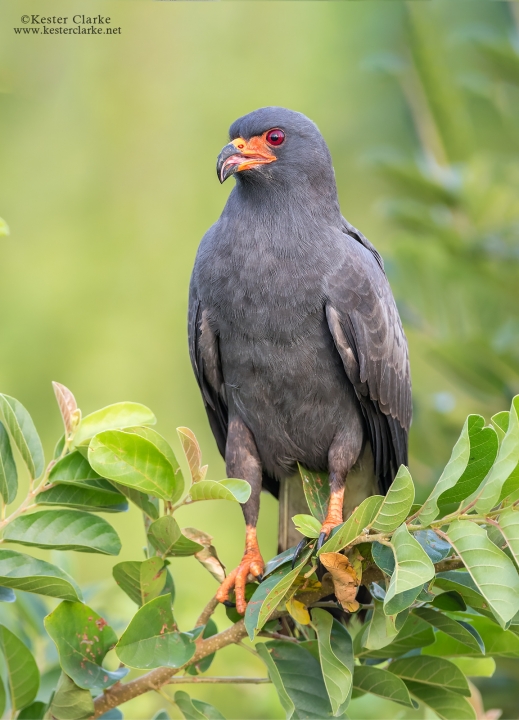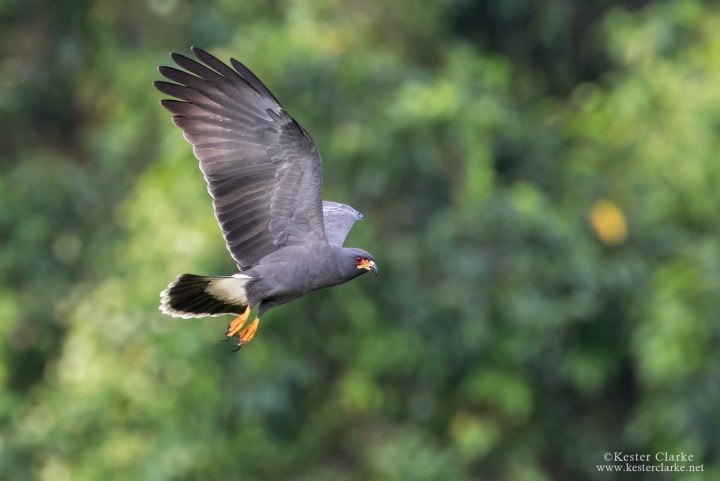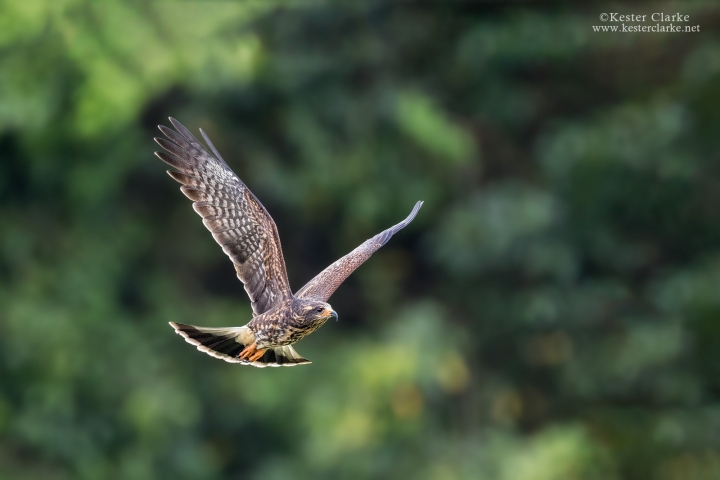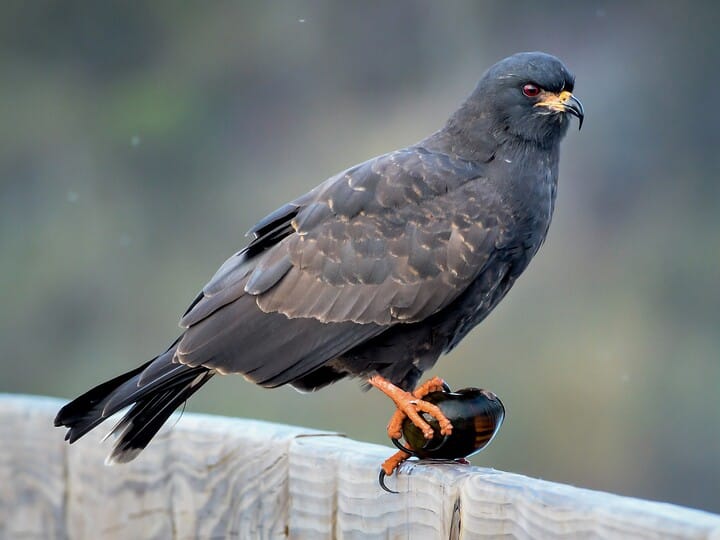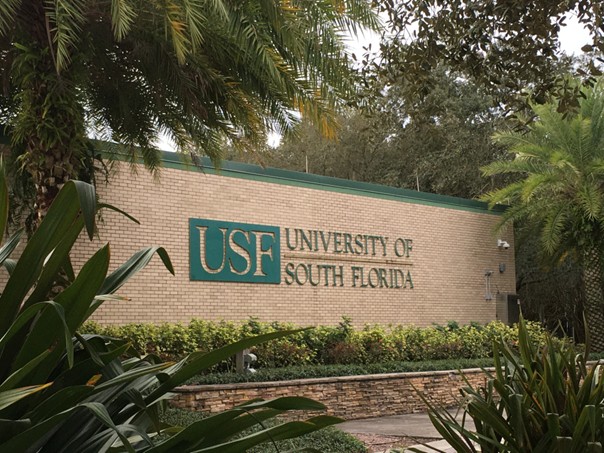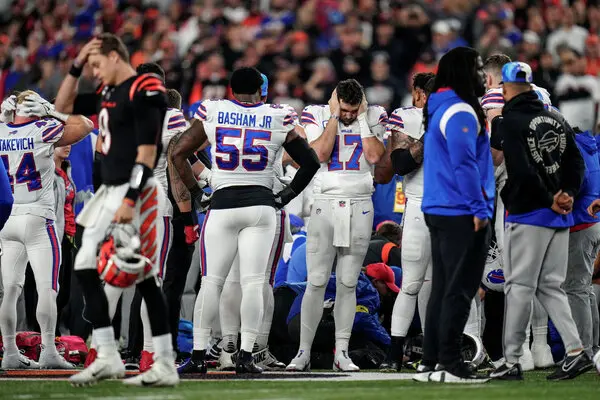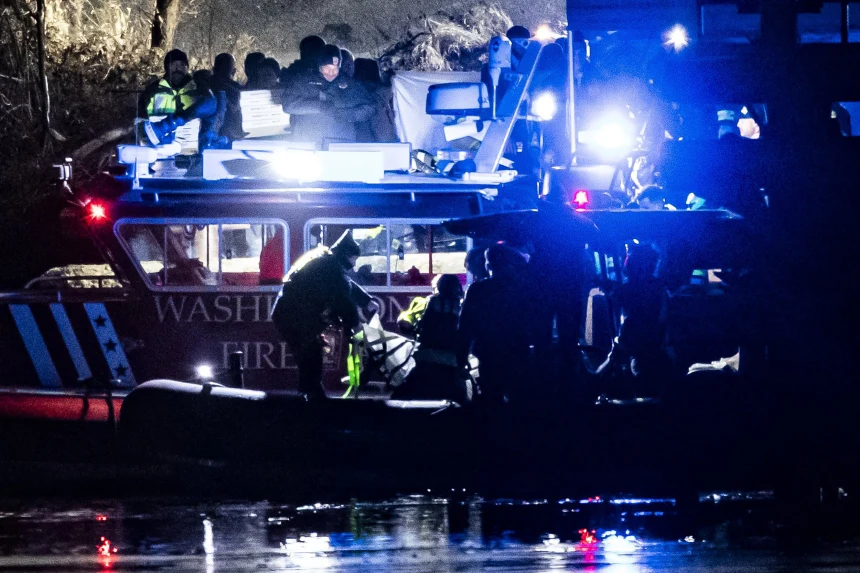Many know Fla to be the “Sunshine State”, a peninsula of hot weather and questionably pristine beaches. Others may know us to be the land of the Everglades, a vast reserve of mangrove trees that are the remaining bastion of older times when mangroves dominated the flora. However, Fla is not safe from the dangers threatening wildlife, and unfortunately the list of threatened animals grows more and more each year.
With a total of 34 endangered or threatened native birds listed, it is important that we learn about these special creatures, such as the Snail Kite (Rostrhamus sociabilis plumbeus). Don’t let the name fool you, it is neither snail nor kite, instead it is a very special bird that is incredibly useful in the ecosystem. It feeds on some of the worst invasive species in Florida- the humble Apple snail (Pomacea paludosa). These invertebrates are notorious for destroying the delicate plants this state boasts, and lucky for us, the Snail Kite is their top predator. They exclusively eat snails to such an extent that there are only 5 (as of 1987) documented cases of them eating non-snails.
Why are these snails so dangerous? You may ask. What harm do tiny little snails pose? Well, these snails are not native to this state. The species is infamous among environmentalists for the mass amount of destruction they cause to aquatic ecosystems here. Apple snails have been documented as a threat for crops, native species, and ecosystems. These aren’t small snails either—their sizes typically range from 2-3 inches long but have the capabilities to be between 2 and 6 inches depending on the specific genus of snail.
This is why Snail Kites (previously known as the Everglades Snail Kite) are so important, because they are specialized to have a snail diet. In fact, their beaks have evolved to be adept at prying a snail out of its shell and devouring it.
This species is a part of the extensive and ever-growing list of threatened and endangered Floridian wildlife, and this is due to many reasons that all creatures face: habitat loss, destruction of their environment, and pollution. This caused this species to decrease rapidly, officially becoming endangered in 1967. They remained that way for 36 years, until the first recovery plan was put into action in 2003 and have been safely recovering ever since. It is important to keep our flora and fauna alive and thriving, because without them, whole food chains would collapse. From the smallest insect to the biggest mammal, it is imperative that we learn about these beautiful creatures and do our best to protect them.
